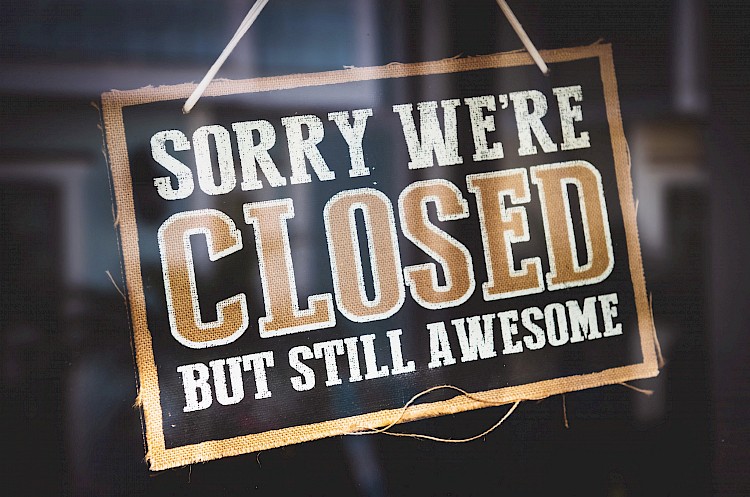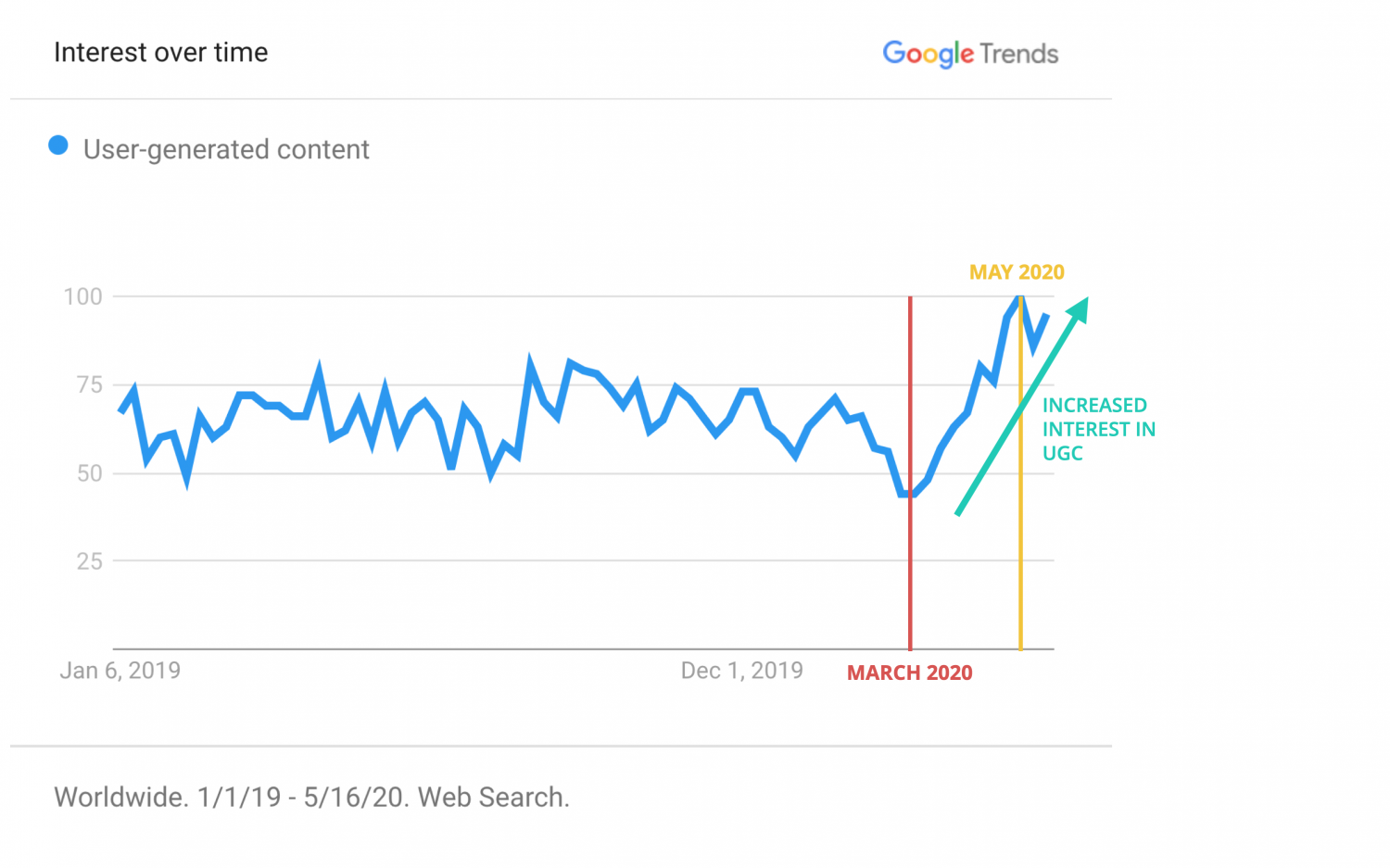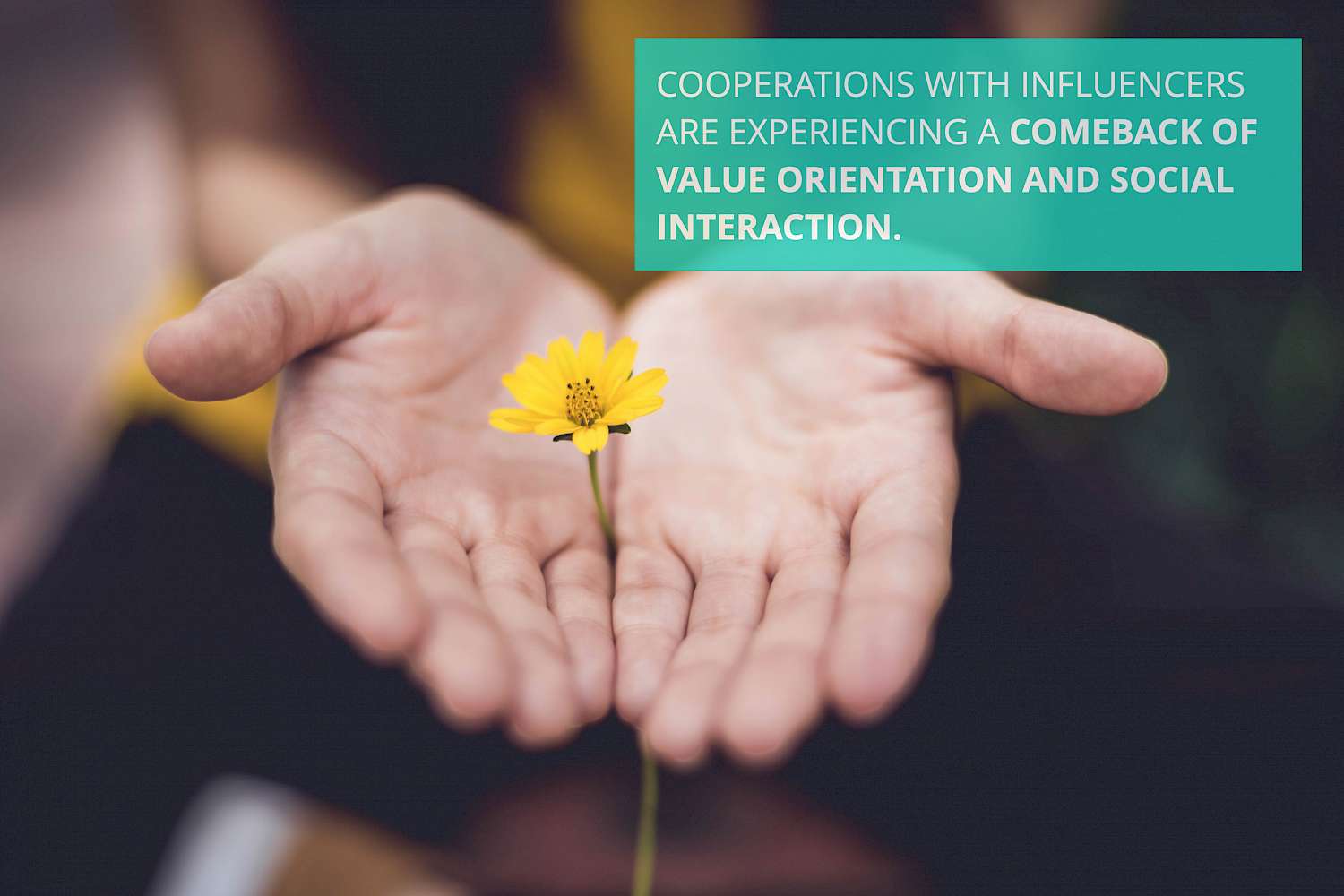Influencer marketing - the question of what effects the COVID-induced crisis has had on the industry and what exactly the aftermath will be, is currently asked by many advertisers and PR experts.
Before diving deeper into that topic, let’s take a short mental strall into the time before the crisis. What did the Influencer Marketing industry look like back then?
A representative study [1] by the BVDW (Bundesverband Digitale Wirtschaft) March 2020 shows that the role of social media influencers in the marketing mix is gaining in importance year on year. At 21.6%, one in five Germans now says that they have already bought a product because they had previously seen it with an influencer. This was 19% in 2019 and 16% in 2018.
If you take a very specific look at the group of 16-24 year olds, the same value is an incredible 52.6%. More than half of the respondents in this age group also state that they find influencers to be more credible than traditional advertising on TV, radio or print.
So rosy prospects, if you filter the COVID crisis out of the overall context.
But what happens if you remove this filter?
The advertising rate on social media is falling
A “flattened curve”, often cited in the past few weeks, can also be observed for the advertising rate in the influencer marketing space. The advertising rate, i.e. the share of paid collaborations vs the total number of posts published by an influencer, fell sharply during the crisis.
Before the crisis, the influencer marketing advertising rate was at around 35% - in other words, every third influencer post was the result of a paid cooperation. During the crisis, we saw a drop to 6% [2], which didn’t come as a surprise, given the fact that many marketing budgets were cut or canceled entirely.
For those who placed their bets on influencer marketing already during the crisis, or are doing so now, on their way out of the crisis and into a new normality, this first and foremost means “less competition” within the paid cooperation sector.
At the same time, social media use increased sharply during the crisis - we spend more time online - meaning that paid collaborations are reaching a wider audience than they did before the crisis.

It is therefore not surprising that there is an increase in the engagement rate for paid collaborations across all categories, but especially in categories such as health or fitness.
Moving from product, towards brand values
The crisis has massively accelerated the digitization process across all industries. Companies had to temporarily close their physical retail space - whether local mini boutique or global flagship store. Overnight, sales opportunities and direct interaction with the customer were limited to the own online shop (if available), the website and social media.

This creates an exciting dynamic:
A reality in which public life (at least during the crisis) took place almost exclusively online and will also have a higher online share after the crisis than it had before.
A customer whose realigned priorities have a lower consumption focus. We are looking for advice, consolation, connection, inspiration or just entertainment.
The resulting new challenge for companies is to build a relationship with their customers. In this new reality, communication of brand values seems to be better suited to achieve that goal than product focussed messages.
Micro influencers can not only help to put that communication strategy on a scalable foundation but also give it a more human and approachable touch.
User Generated Content is King
UGC - content created by users (not brands) - is experiencing an unseen boom during the crisis [3].

This is not only due to the more relatable, human touch that UGC naturally radiates but also has rather simple, economic reasons.
Due to restrictions of both regulatory as well as financial nature, it became increasingly difficult for companies to create content for their campaigns and brand communication during the crisis.
For many companies, user-generated content has now become a scalable alternative to their established way of sourcing content, with the upside that they’re able to also benefit from additional reach and social proof.
Back to the roots
Influencer marketing is not a concept of the 2000s. Opinion leaders, role models and sources of inspiration have been around since time immemorial. Only their shape has changed.
With the advance of social media and the increasing importance we attach to it in our everyday life, influencers have increasingly become social media personalities.
However, for the first time in history, social media not only changed the shape of influencers, but also the form of communication. The latter was suddenly bidirectional. In the course of the digital change, consumers wanted (and finally could) actively participate in the dialogue instead of sitting passively on the receiving end - pull instead of push.
Precisely this possibility of dialogue, the relationship and interaction between influencers and followers - the exchange within a community about trends, values, solutions, ... or more banal just favorite products or leisure activities - is ultimately social interaction that has digitized and made influencers so successful .
However, with increasing popularity, fueled by the constantly declining performance of alternative advertising channels (GDPR, ad blockers, ...), this core component increasingly eroded.
Cooperations with influencers were no longer entered into due to the relationship between influencers and their community, but were predominantly focused on reach. The influencer then becomes a digital advertising pillar for product placement. Credibility suffers. The bond within the community too.

We are now experiencing an increased return to value orientation and social interaction and thus a flare-up of what made influencers so successful and influencer marketing so powerful for advertisers.
It remains to be seen how long this effect will last. At least, in contrast to the time before the crisis, many have finally understood that core concept. That gives hope.



